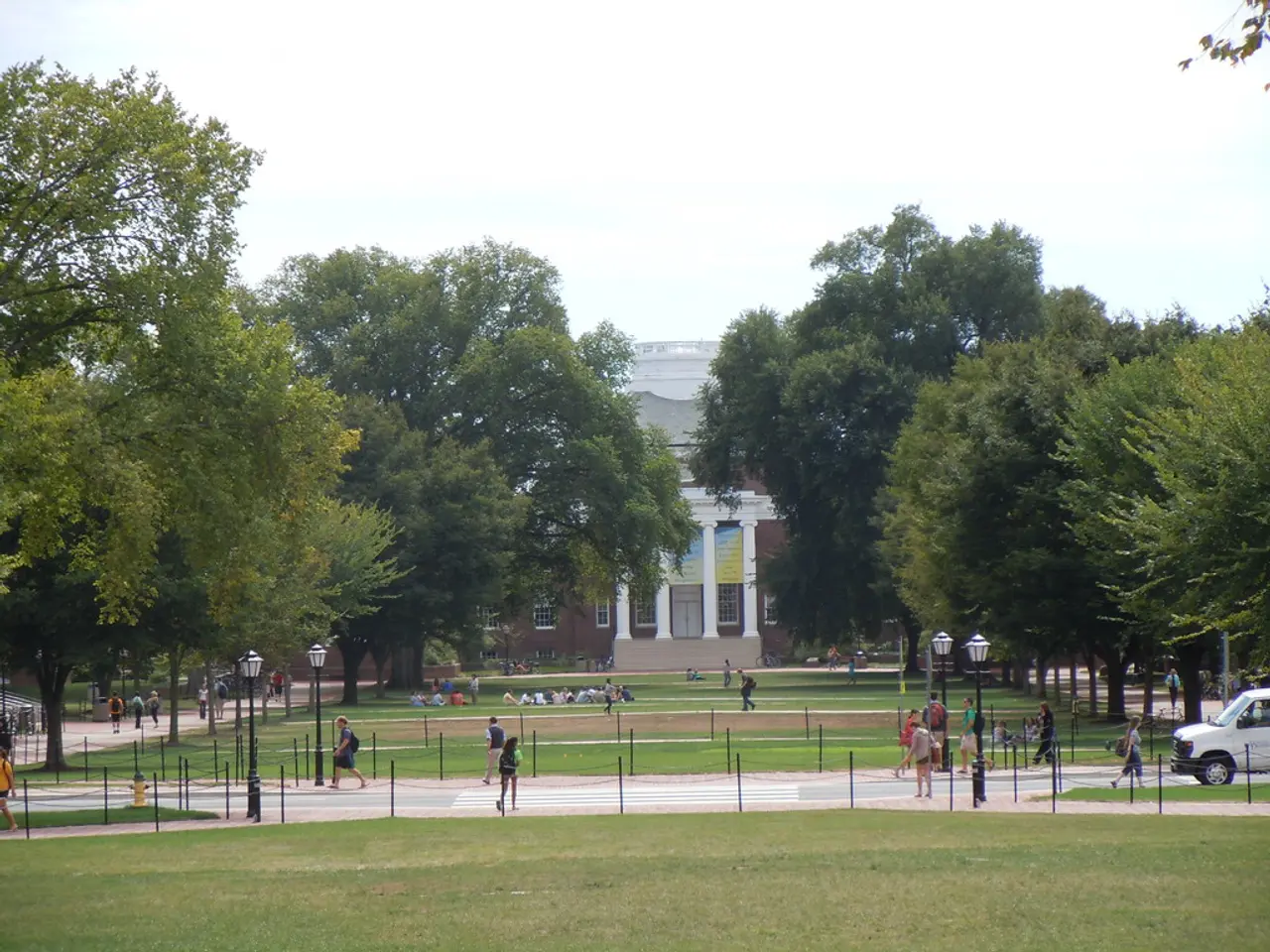Exploring scientific concepts via poetic expression
In an innovative approach to science education, students in New Zealand classrooms are using poetry to deepen their understanding of kōwhai trees, a native flora with rich cultural and ecological significance. This method, part of the Teaching and Learning Research Initiative project "Envisioning student possible selves in science: Addressing 'plant blindness' through place-based education," is designed to bridge factual botanical learning with Māori worldview.
By engaging students not just intellectually but emotionally and culturally, this approach encourages a holistic understanding of kōwhai trees that aligns with mātauranga Māori. The rhythmic and metaphorical nature of poetry stimulates brain areas that support conceptual leaps, making it an ideal tool for subjects like science, which often require connecting abstract ideas.
This unique activity, curated under the topic "literacy through science," invites students to share their scientific learning about kōwhai trees through poetry. Sentence starters and examples, written by Year 5-6 learners working at levels 1-4 of the New Zealand Curriculum, are provided to facilitate this process.
The benefits of this approach are manifold. It encourages attentiveness and presence, essential for appreciating the layered meanings inherent in both poetry and traditional knowledge. It helps students notice subtle meanings, metaphors, and cultural references embedded in the language about kōwhai and its significance, thus deepening comprehension.
Moreover, it introduces new vocabulary and descriptive language in a contextualized and memorable way, supporting language learning alongside scientific content. It connects learners to cultural heritage and environmental relationships, illustrating how mātauranga Māori expresses intimate and reciprocal connections with native flora like kōwhai through stories and poems.
Furthermore, this activity fosters classroom and community engagement by encouraging poem memorization, performance, and sharing, thereby reinforcing cultural values and scientific knowledge through social modes. Additional activities include collecting kōwhai seeds, planting kōwhai seeds, observing kōwhai, and creating kōwhai infographics.
A Word file containing the activity is available for download. Chloe Stantiall, who wrote the article about this activity, discusses these resources in a recorded webinar named "Exploring mātauranga in the classroom." Maurice M. W. Cheng and Bronwen Cowie from The University of Waikato assisted in the project.
This activity aims to help students recognize that scientific learning can be shared in a variety of ways. It can be used as a stand-alone lesson or as part of a wider teaching/inquiry sequence about mātauranga Māori of kōwhai. Professional development webinars such as "Science and literacy - making connections," "Fostering literacy through primary science," and "Science through picturebooks" are also available.
The poems and illustrations in the activity demonstrate careful observations of kōwhai trees and flowers made by the students, transforming scientific education into a multidisciplinary experience that cultivates cognitive growth, cultural literacy, and a deeper ecological consciousness. The published article was released by Referencing Hub media.
By incorporating poetry into science education, this innovative approach facilitates learning by stimulating conceptual leaps and connecting abstract ideas, thus enhancing the understanding of native flora like kōwhai trees. This holistic, multidisciplinary method, part of the "Teaching and Learning Research Initiative," also fosters cultural literacy and ecological consciousness through the sharing of scientific knowledge in a variety of ways.




